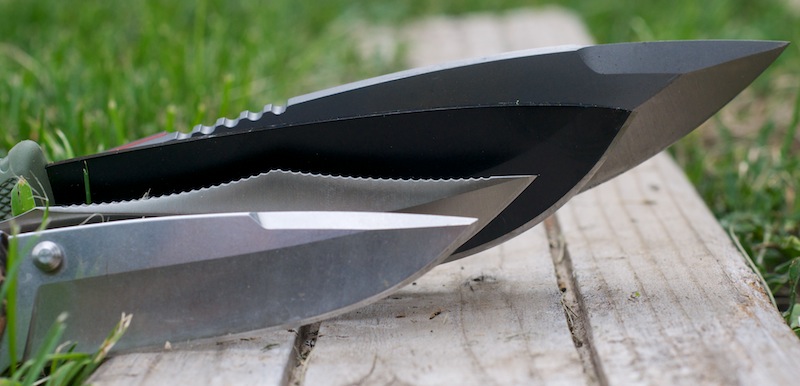
The knife counter at your favorite outdoor retailer is a beautiful place where a spectrum of blades awaits your admiring gaze. But when it is time to shell out some hard-earned cash for your primary tool in the outdoors, one that just may be handed down to your grandchildren, the multitude of styles, prices, and designs can make the process of choosing the right knife downright daunting.
GearJunkie consulted with Ray Witt, a category manager for camping accessories and cutlery at Cabela’s, to learn how to pick the right knife every time. Read on to learn what the experts look for when buying an outdoor knife.
Steel – There are many steel types used in knife-making and you should choose blade steel based on how you plan to use your knife. Steels differ in regard to hardness and fall within different areas on the Rockwell hardness scale.
Steels also differ in edge retention, “sharpen-ability,” and corrosion resistance. A few common blade steels are 420 and 420HC, 440A, AUS 8, D2, 154CM, and S30V. The hardness affects how easy they are to sharpen and how long they will hold an edge.

— 420 is one of the most common metals for knife blades. It makes for a hard, strong blade with good corrosion resistance. It is only OK at holding an edge, but it is pretty easy to sharpen.















